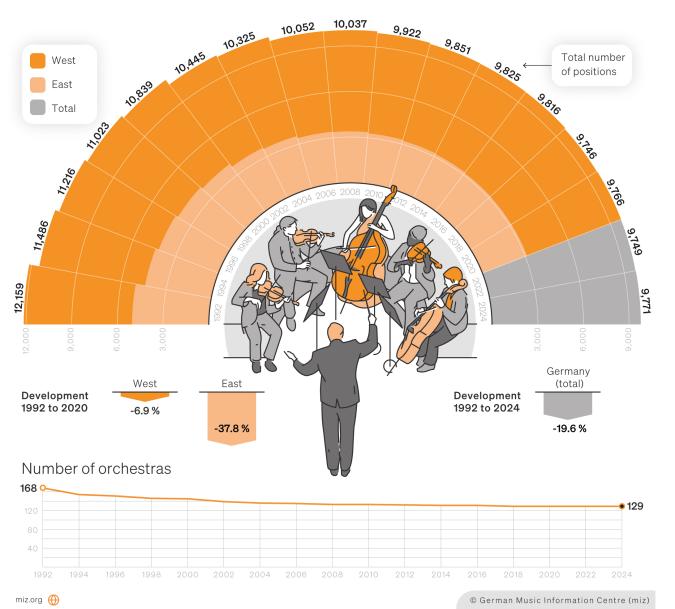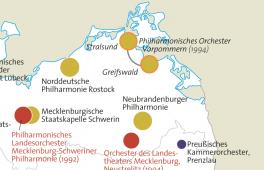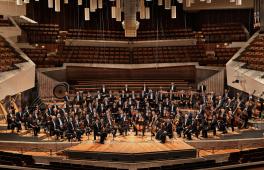
There are 129 publicly financed theatre, concert, radio and chamber orchestras in Germany. As of January 2024, the number of positions formally recognised in the budgets of these professional orchestras is 9,771.
Due to mergers and dissolutions, the number of publicly financed orchestras has dropped by almost 25% since the first all-German survey in 1992. Two years after reunification, the German Orchestra Association recorded 168 publicly financed orchestras nationwide. Since 1992, the number of positions has fallen from 12,159 to 9,746 in 2018, i.e. by almost 20%. Since 2018, the number of publicly financed orchestras has remained stable at 129; the number of permanent positions for musicians has fluctuated between 9,746 (2018), 9,766 (2020), 9,749 (2022) and 9,771 (2024).
The job cuts mainly took place in the new federal states in the eastern part of Germany, including former East Berlin. From 5,032 permanent positions in 1992, a total of 1,900 have been lost by 2020, a decrease of ca. 40%. In former West Germany the decrease was significantly less pronounced (-500 positions; -7%). After more than three decades since reunification, the consolidation process is now considered complete.

Note
The figures are based on positions formally listed in the budgets of orchestras and theatres, not on those that are actually filled. They cover all publicly financed theater, concert and chamber orchestras in Germany as well as Germany’s radio symphony and radio orchestras. Regarding the division into East and West, it should be noted that Berlin orchestras are assigned according to their respective sector of the city. Since 2022, unisono does no longer distinguish between East and West, as the consolidation process in East Germany is considered complete after more than three decades since reunification.
Source information
Compiled and calculated by the German Music Information Centre from information supplied by unisono – German Orchestra Union.




